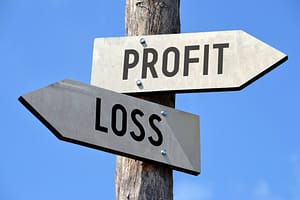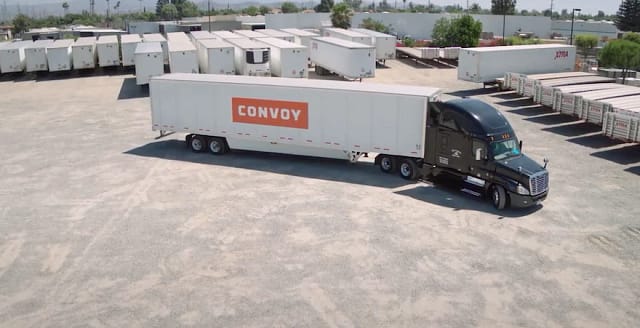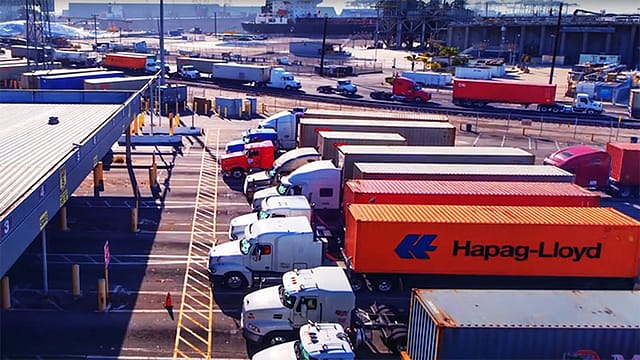
Uber’s Earnings: A Tale of Rising Profits and Sluggish Sales, with Uber Freight Facing Headwinds
Uber Technologies painted a contrasting financial scenario with its latest report, celebrating its second straight profitable quarter amidst a demand surge for its ride and delivery services, yet grappling with less impressive revenue growth.
The company’s operational earnings hit $394 million during the September-ending quarter, coupled with a 25% increase in overall trip numbers. However, revenue only saw an 11% year-over-year rise to $9.3 billion, falling short of Wall Street predictions and marking the slowest growth rate in two and a half years.
Investors saw a rollercoaster in Uber’s stock value, which initially dropped but quickly rebounded by 1.7% upon market opening in New York. This volatility comes in the wake of the stock’s impressive 95% gain over the year.
The ride-hailing giant saw its core ride-sharing service outperform forecasts, benefiting from a surge in drivers and a rise in trips due to school reopening’s and resumed business travel. Moreover, Uber has been innovating, notably by integrating Waymo’s self-driving cars into its Phoenix service. This led to a 31% increase in ride-sharing bookings.
The delivery division, however, experienced modest growth with an 18% rise in bookings. More concerning is Uber Freight, which saw a significant 27% drop in bookings, despite being ranked as a top logistics firm in North America.
Uber attributes the muted total revenue figures to “business model changes” initiated in early 2020, which entailed reclassifying certain costs like driver payments and promotional expenses, diminishing revenue by $521 million for the quarter. Nonetheless, Uber’s CEO Dara Khosrowshahi remains positive, touting the company’s “profitable growth at scale” and resilience in uncertain economic climates.
Looking forward, Uber projects a prosperous end-of-year, with expected record bookings and earnings, banking on high demand throughout the holiday season. The company anticipates gross bookings to reach between $36.5 billion to $37.5 billion, with record-adjusted profits.
Khosrowshahi credits the local focus of Uber’s operations and the consumer pivot from retail to services as buffers against economic fluctuations. Efforts to bolster driver numbers have paid off, with a record 6.5 million active drivers and couriers now on the platform, and monthly active users and trips hitting peak numbers.
Analysts like Evercore ISI’s Mark Mahaney praise Uber for its “accelerating bookings and record high EBITDA margins.” The company’s financial discipline is also in the spotlight, with Uber reporting a free cash flow of $905 million, surpassing estimates.
As Uber’s CFO prepares to step down, he notes these strong results pave the way for the company’s potential inclusion in the S&P 500 Index.
The delivery segment, despite slower growth, improved its profitability through scaling and increased advertising revenue, which saw a 70% increase in the advertiser base.
Khosrowshahi sums up the quarter with confidence, emphasizing the improved product experience for users and drivers, which he believes positions Uber strongly for the year’s busiest stretch.
Related posts
Report Indicates Former Employees Intend to Purchase Convoy
Seattle’s once-prominent freight startup, Convoy, which announced its shut
How Freight Transportation Can Benefit Your Business
If you are running a business that involves shipping products to your customers
Unlocking Smart Savings on Shipping: How LHP Transportation Services Optimizes Every Mode of Transport
The world of shipping has become an intricate dance of logistics, as businesses




